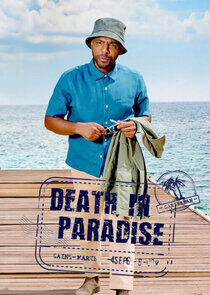Bill Nye: The Science Guy - Season 5
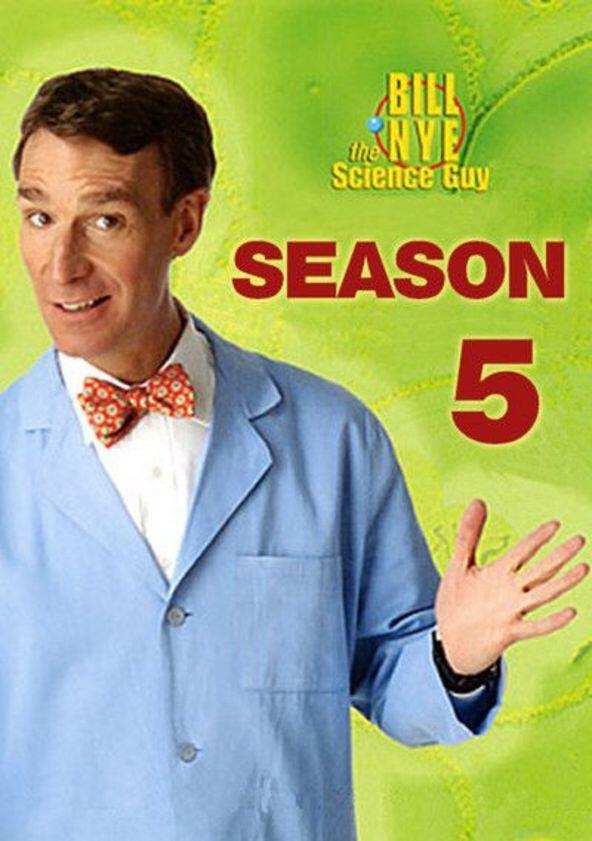
Season 5

Episodes
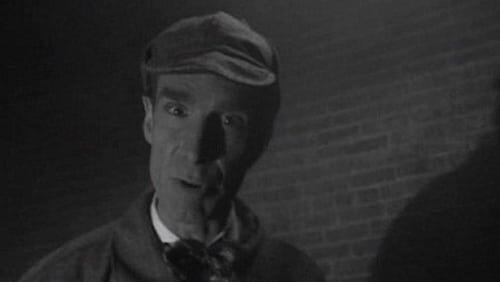
Forensics
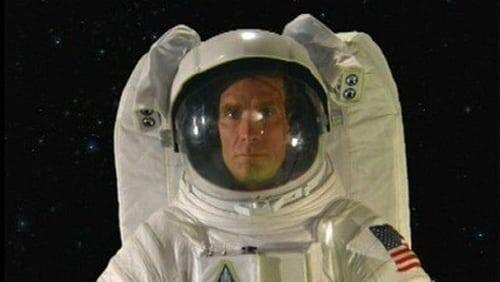
Space Exploration
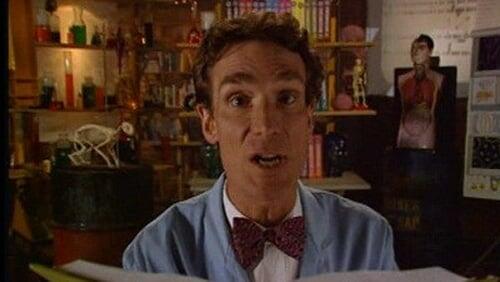
Genes
Chromosomes and DNA; a zoo veterinarian who uses gene technology to save endangered animals.
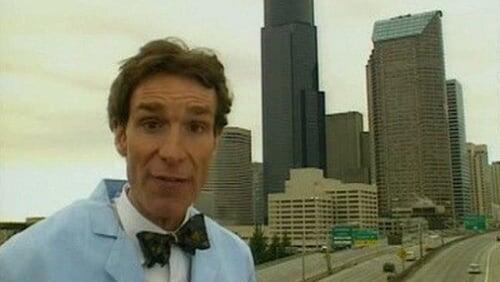
Architecture
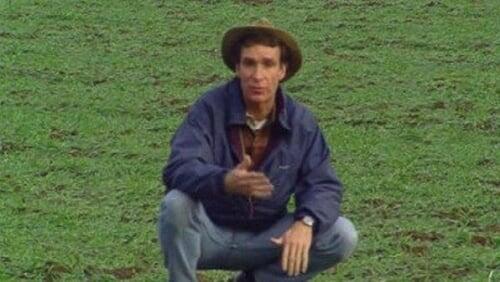
Farming
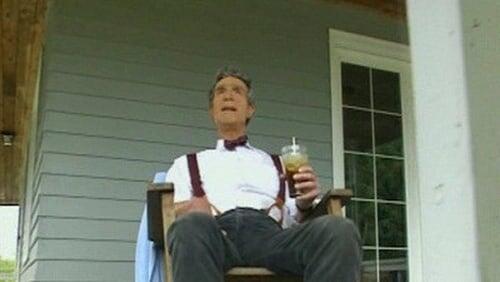
Life Cycles
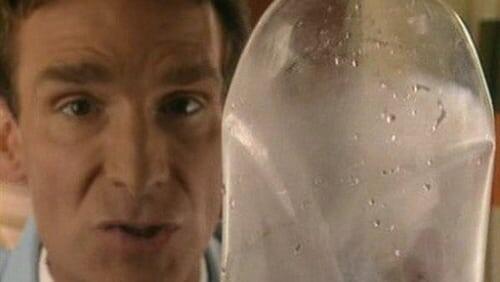
Do-It-Yourself Science
Scientific experiments at home.
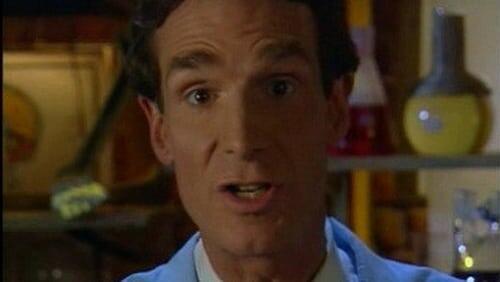
Atoms
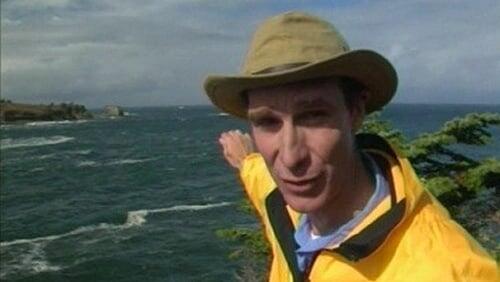
Ocean Exploration
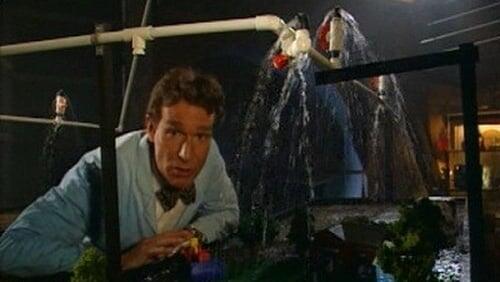
Lakes & Ponds
Lakes and ponds are self-contained habitats.
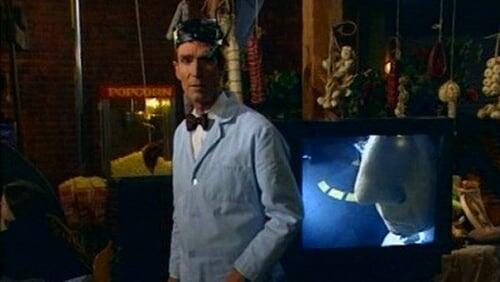
Smell

Caves
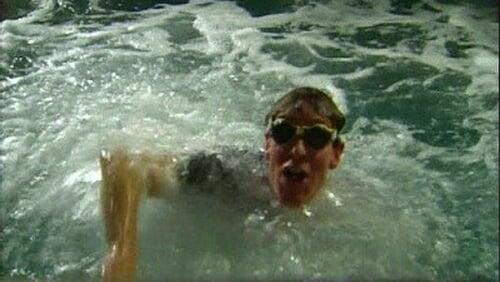
Fluids

Erosion
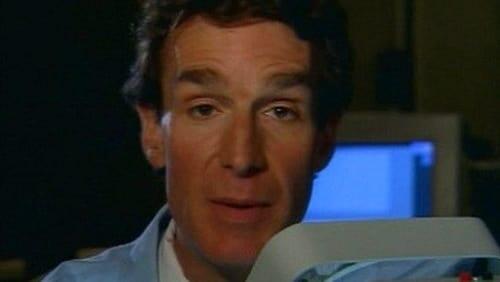
Comets & Meteors
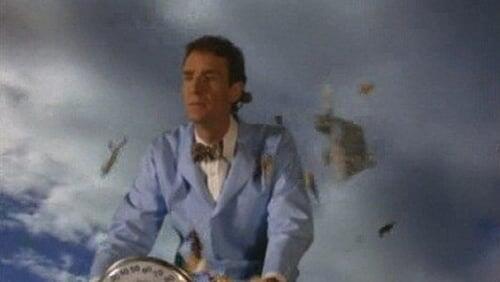
Storms
Heading into the middle of severe storms, from the eye of a hurricane to the heart of a blizzard.
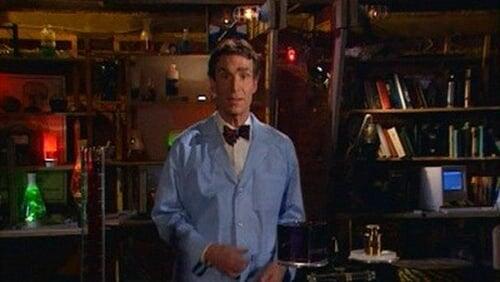
Measurement
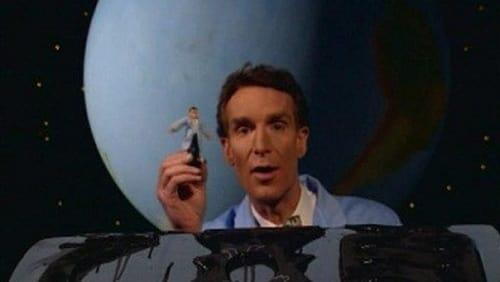
Patterns
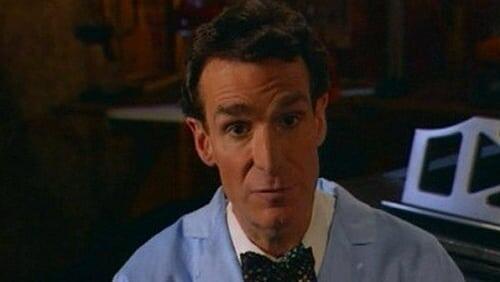
Science of Music
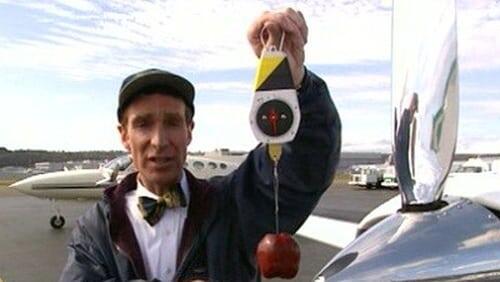
Motion
An object at rest or in motion will remain that way without outside interference.
Recently Updated Shows
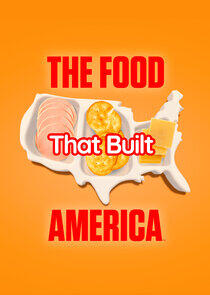
The Food That Built America
For generations of Americans, food titans like Henry Heinz, Milton Hershey, John and Will Kellogg, C.W. Post and the McDonald brothers have literally been household names, but you don't know their stories. Before they were brand names, they were brilliant, sometimes ruthless, visionaries who revolutionized food and changed the landscape of America forever. This miniseries event will tell the fascinating stories of the people behind the food that built America – those who used brains, muscle, blood, sweat and tears to get to America's heart through its stomach, and along the way built cities, invented new technologies and helped win wars.

Reacher
Reacher follows Jack Reacher, a veteran military police investigator who has just recently entered civilian life. Reacher is a drifter, carrying no phone and the barest of essentials as he travels the country and explores the nation he once served. When Reacher arrives in the small town of Margrave, Georgia, he finds a community grappling with its first homicide in 20 years. The cops immediately arrest him and eyewitnesses claim to place Reacher at the scene of the crime. While he works to prove his innocence, a deep-seated conspiracy begins to emerge, one that will require Reacher's keen mind and hard-hitting fists to deal with. One thing above all is for sure: They picked the wrong guy to take the fall.

Mayday
Flying is one of the safest forms of transport. But what happens when tragedy strikes? From human error and accidents to mechanical faults and design flaws, the success of aviation history is punctuated with disaster and catastrophe. It's rare, but it does happen. Follow experts as they determine what went wrong and work out how to prevent these horrific tragedies from happening again. Examine the wrecks and official records, and hear from eyewitnesses, passengers and aviation experts as we reconstruct some of the most tragic disasters in aviation history. Air Crash Investigation looks at what went wrong and how future disasters can be averted.
